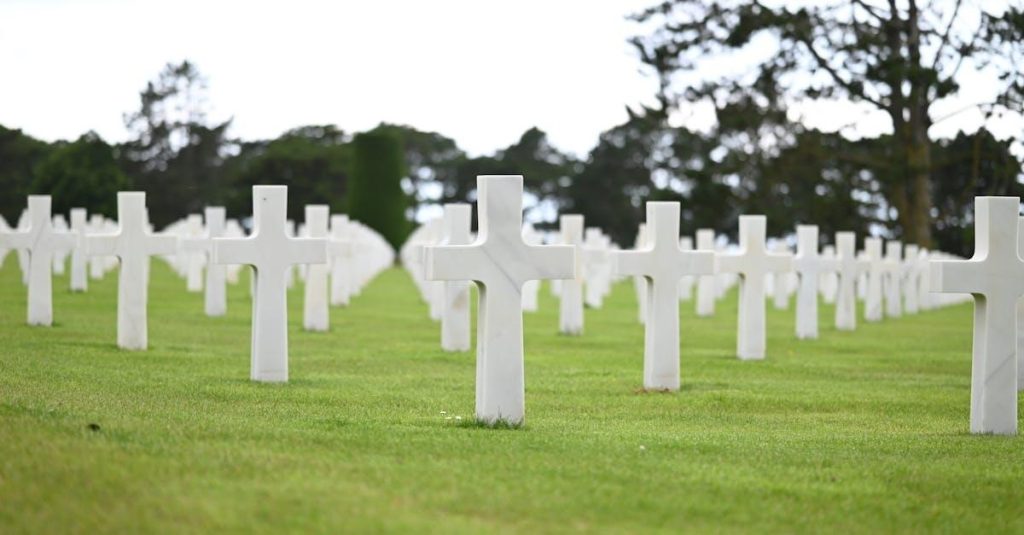Overview of Mesothelioma in Military Personnel
Mesothelioma, a rare cancer caused by asbestos exposure, significantly affects military personnel. Military branches, including the Air Force, Army, Navy, and Marines, historically used asbestos extensively. Service members often worked in environments with high asbestos levels, such as shipyards, barracks, and aircraft. For example, insulation, brake pads, and construction materials contained asbestos.
Veterans face a high risk of mesothelioma due to prolonged exposure. The latency period for mesothelioma can range from 20 to 50 years, so symptoms often appear long after service members retire. This delay complicates diagnosis and treatment for many veterans.
Efforts are being made to address this issue. Veterans diagnosed with mesothelioma can seek benefits from the Department of Veterans Affairs (VA). The VA provides resources and compensation to those affected. These benefits include medical care, disability compensation, and access to specialized mesothelioma treatment centers.
Awareness is vital to ensuring military personnel receive appropriate support. Veterans, healthcare providers, and policymakers must collaborate to enhance resources and care for those impacted by mesothelioma.
Air Force and Mesothelioma
Air Force personnel faced significant asbestos exposure throughout their service. They encountered asbestos in various locations and equipment, contributing to the risk of mesothelioma.
Common Asbestos Exposure Points
Air Force bases housed numerous asbestos-containing materials (ACMs) to enhance safety and durability. Common points of exposure included:
- Aircraft: Asbestos was used in the brakes, gaskets, and engine heat shields of many military aircraft.
- Hangars: Floor tiles, insulation, and structural components within hangars often contained asbestos.
- Barracks: Heating systems, pipes, and roofing materials in barracks and administrative buildings were frequently made with asbestos.
- Protective Gear: Fire-resistant clothing and firefighting equipment included asbestos fibers to withstand high temperatures.
The extensive use of ACMs in maintaining operational readiness inadvertently exposed servicemen and women to health risks.
Impact on Air Force Veterans
Many Air Force veterans now face long-term health consequences from asbestos exposure, with mesothelioma being a primary concern. Diagnoses often occur decades post-exposure, posing healthcare challenges. The Department of Veterans Affairs (VA) provides support to these veterans, offering medical care, disability benefits, and access to specialized treatment centers.
Efforts continue to increase awareness and improve resources for those affected. This includes enhancing educational programs for current service members to reduce future incidences of asbestos exposure.
Army and Mesothelioma
Army personnel faced significant asbestos exposure during their service, leading to increased mesothelioma risks. The Army used asbestos extensively in various settings to take advantage of its fire-resistant properties.
Typical Exposure Scenarios
Army veterans often encountered asbestos in numerous environments:
- Barracks: Insulation, ceiling tiles, and floor coverings often contained asbestos.
- Vehicles: Brake pads, clutches, and engine parts used asbestos for its durability.
- Construction: Asbestos materials were common in the construction and maintenance of Army buildings.
- Combat Zones: Older buildings and equipment in foreign theaters could contain asbestos, exposing soldiers during deployment.
Each of these scenarios presented significant risks, often without soldiers being aware of the dangers.
Health Challenges Faced by Army Veterans
Army veterans face numerous health challenges due to asbestos exposure:
- Delayed Symptoms: Mesothelioma symptoms can appear 20-50 years after exposure, complicating early detection and treatment.
- Diagnosis Difficulties: Initial symptoms often mimic those of less severe illnesses, leading to misdiagnosis.
- Limited Treatment Options: Advanced stages of mesothelioma often require specialized treatments available at a limited number of centers.
- Emotional Distress: The diagnosis carries emotional and financial burdens, affecting veterans’ quality of life.
The Department of Veterans Affairs (VA) provides resources, including medical care and disability compensation, to support affected veterans.
Navy and Mesothelioma
Navy veterans face significant risks of asbestos exposure due to its extensive use on naval ships. This exposure has led to a higher incidence of mesothelioma among Navy personnel.
Asbestos Risks on Naval Ships
Naval ships extensively used asbestos for insulation, fireproofing, and soundproofing. Engine rooms, boiler rooms, mess halls, and sleeping quarters contained asbestos materials. Sailors working in these areas encountered deteriorating asbestos, which mixed with the air and posed inhalation risks. Shipyard maintenance and repair operations further increased exposure, as they involved disturbing asbestos-containing materials.
Long-Term Effects on Navy Veterans
Navy veterans exposed to asbestos developed mesothelioma years after service. This cancer often takes 20-50 years to manifest, complicating early detection and treatment. Symptoms typically include chest pain, shortness of breath, and persistent cough. VA resources help affected veterans access medical care, disability compensation, and specialized treatments. The long latency period, combined with the severity of mesothelioma, underscores the critical need for early detection and comprehensive support for Navy servicemen and servicewomen affected by asbestos exposure.
Marines and Mesothelioma
Marines have faced considerable asbestos exposure, leading to an increased risk of mesothelioma. Exposure occurred in various environments where asbestos was heavily used.
Areas of Asbestos Exposure
Marine Corps personnel encountered asbestos across several key areas:
- Barracks: Asbestos was present in insulation, flooring, and ceiling tiles.
- Vehicles: Asbestos was used in brake pads, clutches, and other vehicle components.
- Equipment: Asbestos-containing materials were used in protective gear and machinery.
- Construction Sites: Marines involved in construction or maintenance faced high levels of asbestos from building materials.
These exposure points led to long-term health risks, often unnoticed during active duty.
Support for Marine Corps Veterans
Veterans diagnosed with mesothelioma can access several resources. The Department of Veterans Affairs (VA) provides:
- Medical Care: Specialized treatment at VA medical centers.
- Disability Compensation: Financial support for veterans affected by mesothelioma.
- Educational Programs: Initiatives aimed at reducing future asbestos exposure.
These supports are crucial for managing the health challenges associated with mesothelioma, including late-onset symptoms and complex treatment pathways.
Legal and Medical Support for Affected Veterans
Veterans diagnosed with mesothelioma due to asbestos exposure during military service have access to a range of legal and medical support avenues. These support structures aim to mitigate the financial and health-related challenges faced by affected veterans.
VA Benefits and Compensation
The Department of Veterans Affairs (VA) offers benefits and compensation to mesothelioma-affected veterans. These include:
- Disability Compensation: Monthly payments based on disability severity. Mesothelioma is rated at 100% disability, ensuring maximum compensation.
- Dependency and Indemnity Compensation (DIC): Benefits for surviving spouses, children, and parents of veterans who died from service-related diseases.
- Special Monthly Compensation (SMC): Additional benefits for veterans with severe disabilities, requiring aid and attendance.
- Health Care: Access to specialized VA medical centers and treatments tailored to mesothelioma.
Treatment Options and Resources
Veterans can access various medical treatments and resources to manage mesothelioma:
- Surgery: Procedures like pleurectomy/decortication and extrapleural pneumonectomy remove cancerous tissues.
- Chemotherapy: Drugs like pemetrexed and cisplatin, often combined, to combat mesothelioma cells.
- Radiation Therapy: Targeted radiation to shrink tumors and alleviate symptoms.
- Clinical Trials: Access to experimental treatments under VA’s clinical research programs.
- Support Services: Counseling, support groups, and palliative care to address emotional and physical needs.
These provisions ensure veterans receive comprehensive care and support, aiming to improve their quality of life despite a challenging diagnosis.
Mesothelioma remains a significant health issue for veterans across all military branches due to historical asbestos exposure. The long latency period of the disease means many veterans are only now receiving diagnoses, decades after their service. The Department of Veterans Affairs provides crucial support, offering benefits and specialized medical care to those affected.
Ongoing awareness and collaboration among veterans, healthcare providers, and policymakers are essential in addressing the long-term health challenges posed by mesothelioma. By enhancing support and resources, the well-being of veterans diagnosed with this aggressive cancer can be significantly improved.
Resource Library
- Mesothelioma Guide
- The Mesothelioma Veterans Center
- Mesothelioma Vets
- Mesothelioma Hub
- Purple Heart Foundation
- NIH.gov
- VA.gov
- Cleveland Clinic

